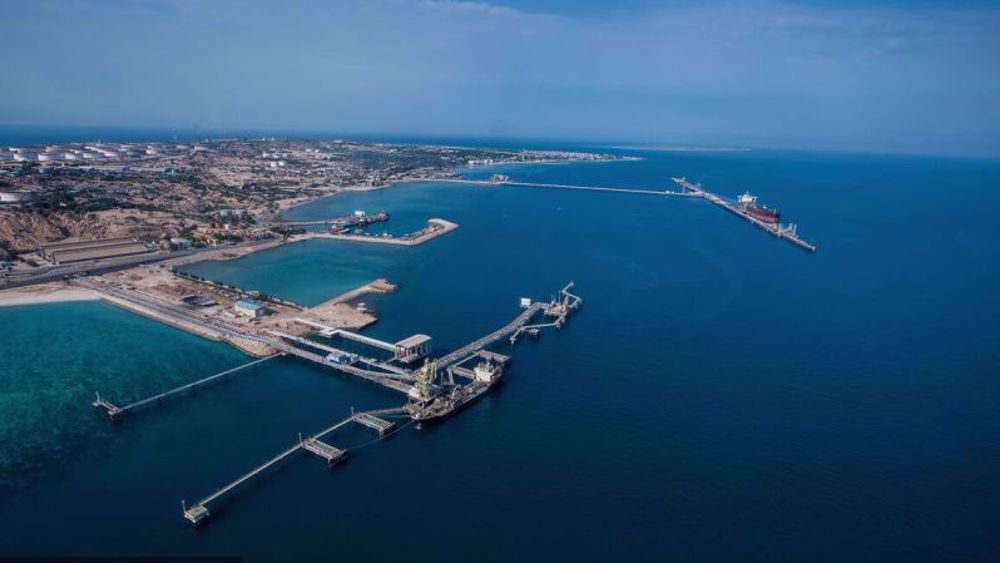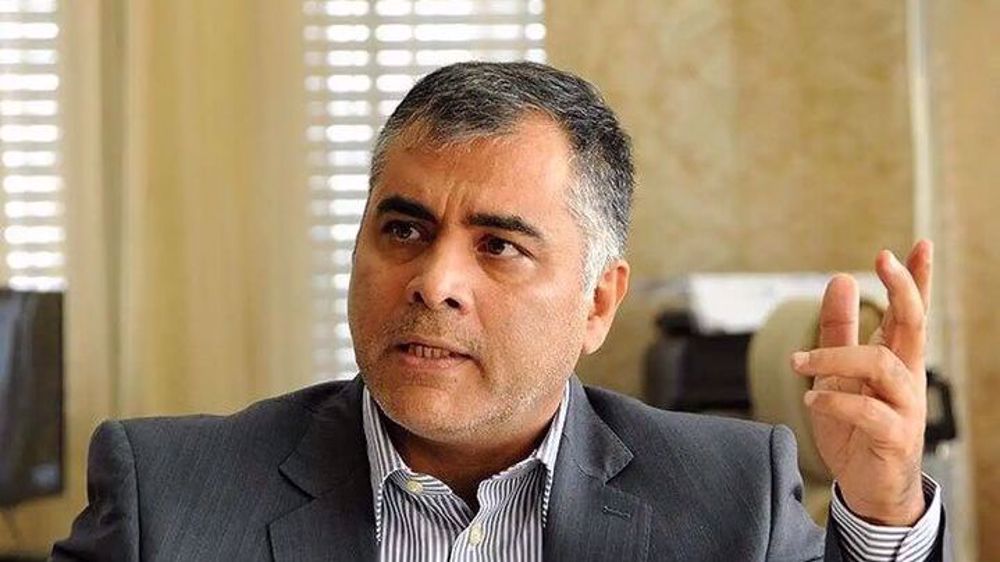Output up 8% half through Iran’s golden petrochemicals year: Report
Iran has seen its output of petrochemical products increased by eight percent in the first seven months of the current calendar year, shows a report, as the country moves ahead with plans to double its capacity in a period dubbed the golden year for petrochemicals.
The official IRNA news agency said petrochemical plants across Iran had produced a total of 35 million tons of products between March 20 and October 21, an increase of eight percent year on year.
The report said that a bulk of petrochemical products had been exported, bringing the country a significant amount of foreign currency revenues.
It said increased output was a sign that Iran’s vast petrochemicals sector had weathered pressures caused by the US sanctions on the country, adding that the diversity of products and growing demand from customers inside Iran and abroad were main reasons for failure of US bans on the industry.
Petrochemicals are responsible for a major part of Iran’s non-oil revenues, causing repeated attempts by the US to target the industry by its wide-ranging sanctions.
Industry experts thought the sanctions, in place since 2018, could seriously hamper Iran’s ability to develop the sector and would lead to repeated delays in planned launch of petrochemical plants across the country.
However, the IRNA said Iran would go ahead with plans to open 17 petrochemical plants in the year to March 21 despite the sanctions and closures imposed in Iran because of the spread of the coronavirus.
“Given that 17 projects out of the total 27 projects planned in the Petrochemical Industry’s Second Leap would become operational in the (Iranian) year 1399, this year has been dubbed the golden year of the petrochemical industry,” said the report.
It added that inauguration of new plants until March would increase the capacity of Iran’s petrochemical sector by nearly a third to 90 million tons per annum (mtpa).
The report said output would reach 100 mtpa while revenues would surge to $25 billion from the current total of $15 billion by March 2022.
VIDEO | Amsterdam protests exploited and called anti-Semitic
VIDEO | Israeli assassination campaign
VIDEO | Economic crisis affecting Israel
VIDEO | Short film details Israeli strike on Gaza’s Al-Ahli hospital in October last year
VIDEO | Israeli use of foreign mercenaries
Israeli airstrikes kill 6 paramedics in southern Lebanon
VIDEO | IAEA director general Rafael Grossi visits Iran
Iran hails martyred Hezbollah media chief as ‘sonorous voice’ of Lebanese nation











 This makes it easy to access the Press TV website
This makes it easy to access the Press TV website